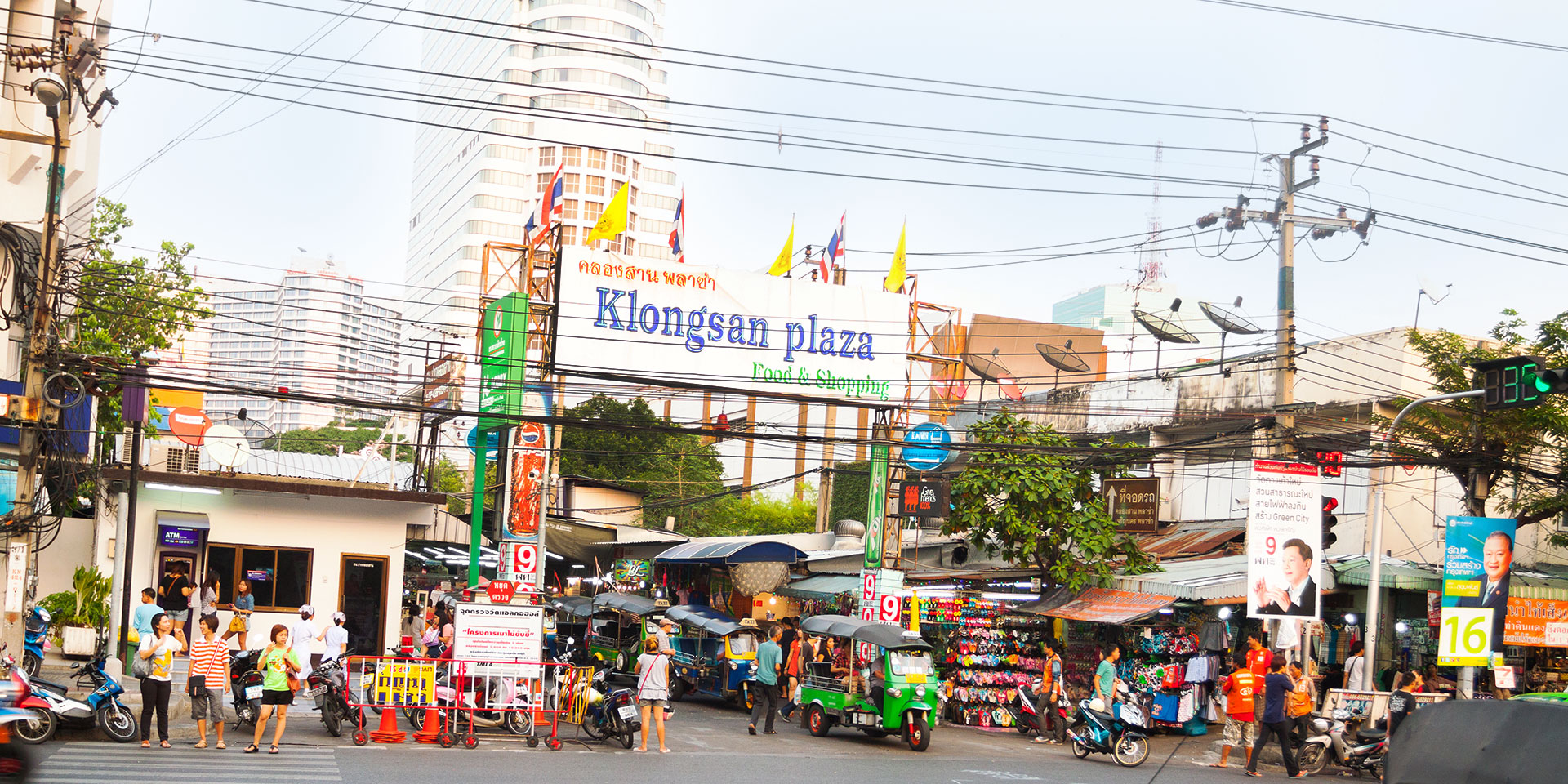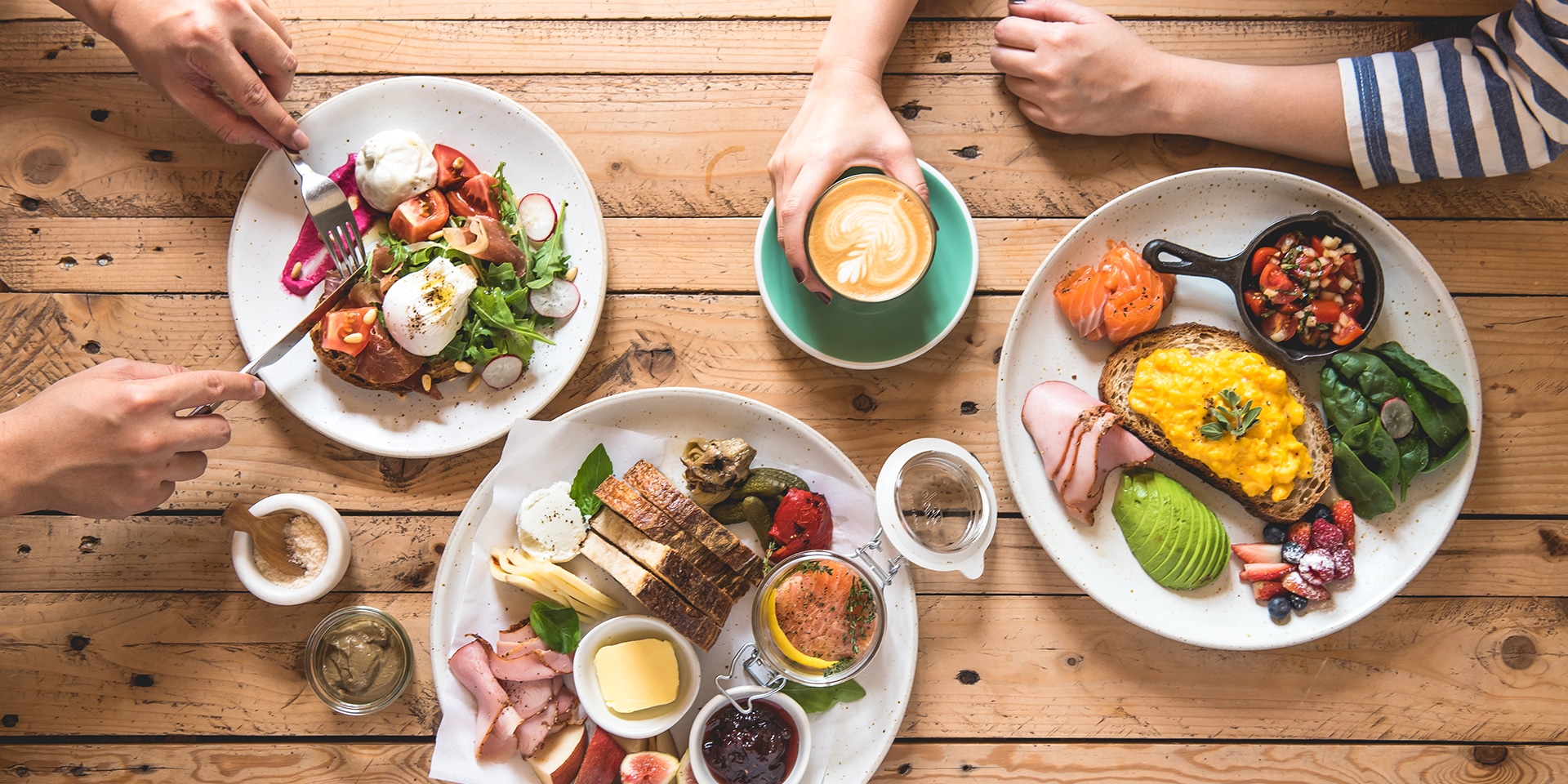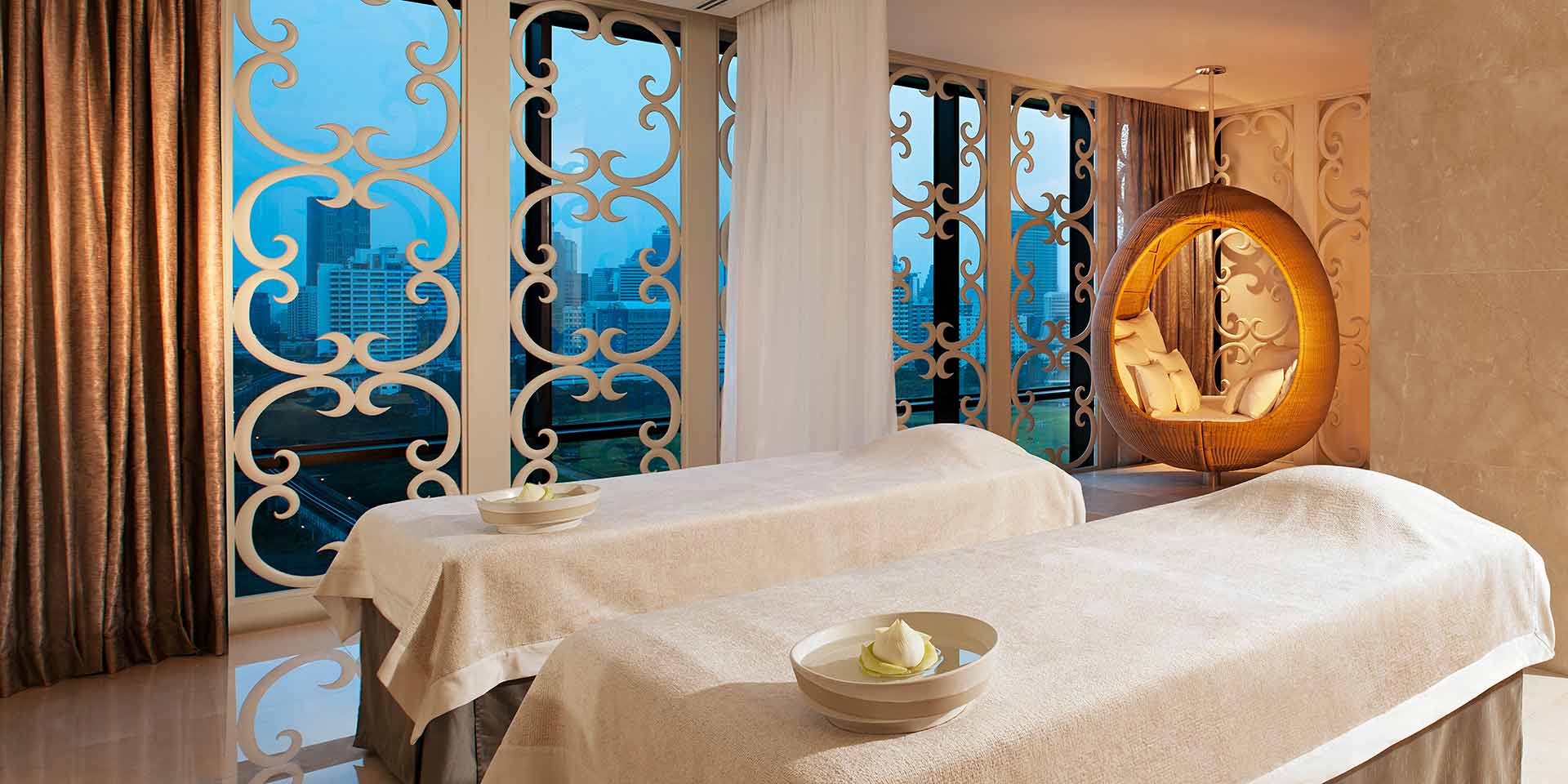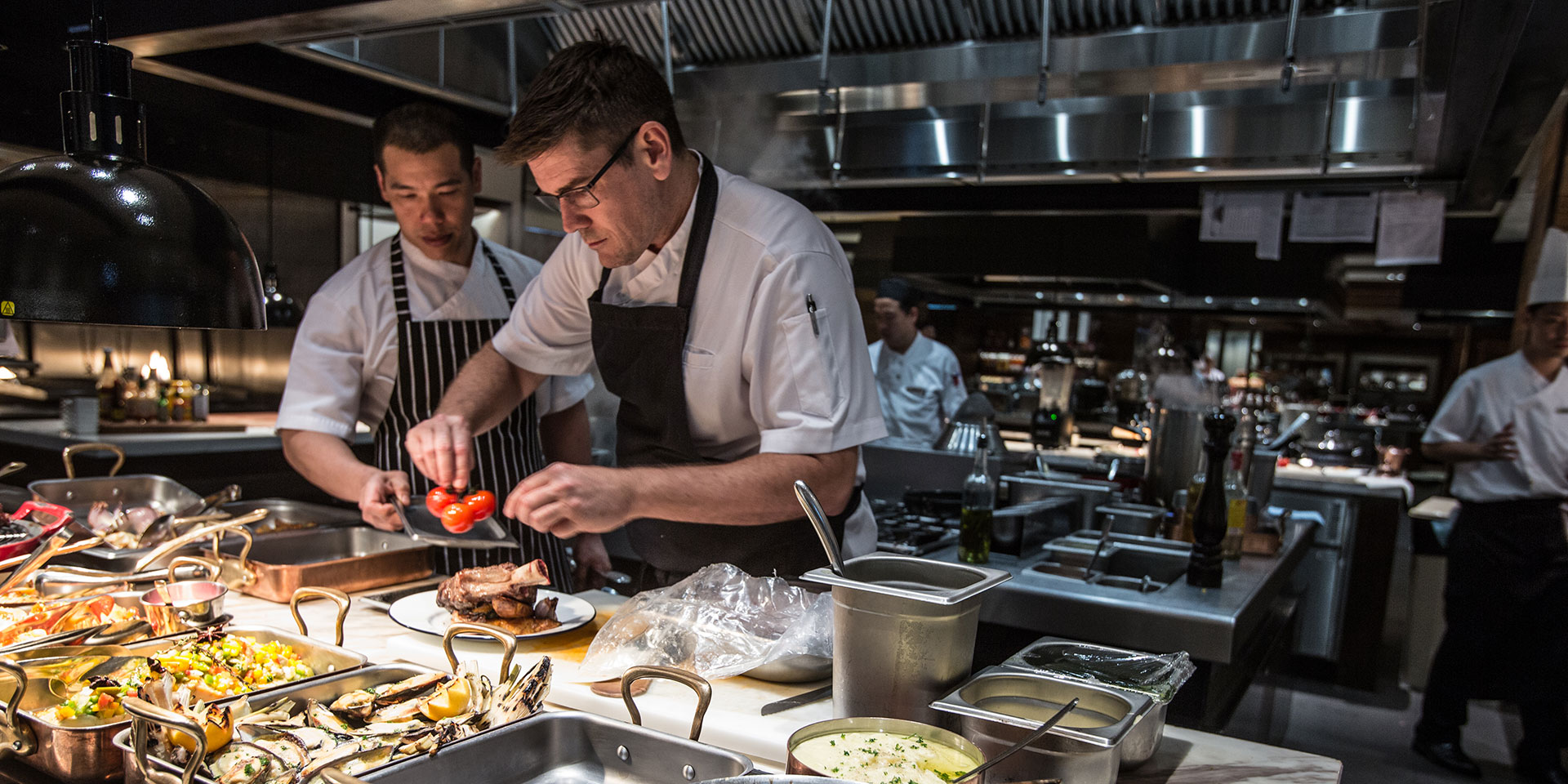
Chef Michael Hogan is passionate about sustainability and local Thai cuisine. (Photo: Sung Studios)
BangkokMeet Michael Hogan, the Locavore Chef Shaking Up Bangkok’s Dining Scene
By Diana HubbellFor years many of the top restaurants in Bangkok flaunted their international roots, prizing exotic imports over the homegrown dishes at their doorstep. Michael Hogan, executive chef at the newly opened Bangkok Marriott Marquis Queen’s Park, is bucking that trend and turning to local ingredients, techniques and stories to set his menus apart.
A proud resident of Thailand and a passionate advocate of sustainability, Australian-born Executive Chef Michael Hogan is pushing the envelope on local cuisine. By showcasing stellar produce from small, regional farms, he hopes to set a positive example for other restaurants around the city.
Hogan took a quick break from his role at the helm of Goji Kitchen + Bar for a conversation with Marriott TRAVELER about his top three Thai staples, why something as simple as Bolognese is one of the trickiest dishes to get right, and how a love of horseback riding sent him on an unlikely path to culinary success.
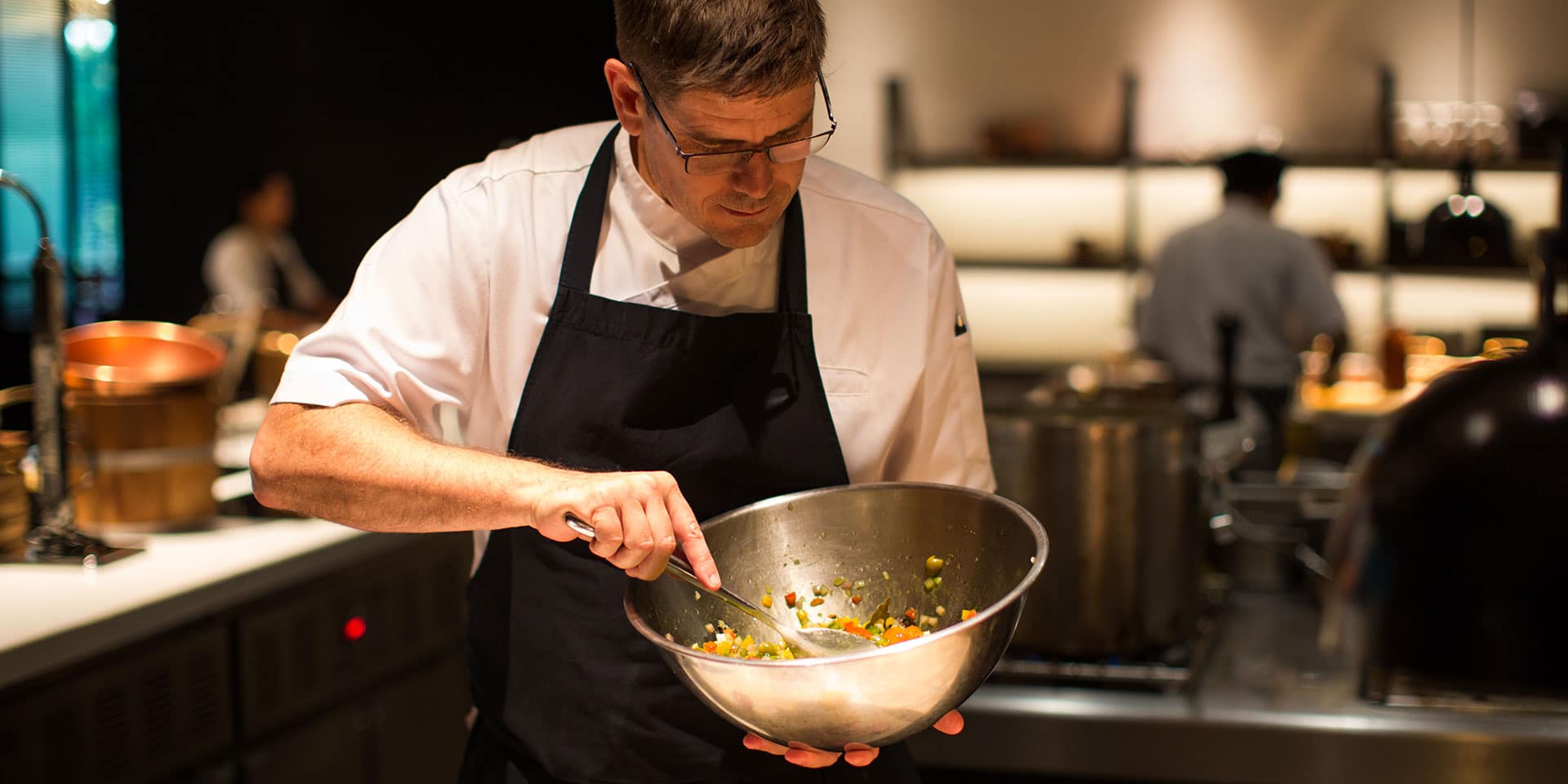
What inspired you to become a chef?
I always knew that I wanted to do something creative. To be honest, though, I only started cooking as a teenager because I needed money. I had a very expensive habit: I was competing in show jumping and horseback riding. When I was 16 I took a job as a kitchen hand close to my home. I used to wash dishes on the weekends so that I could keep up with my hobby. At some point I started to cook alongside the chefs, and I realized that I loved it. I loved being able to make something for someone else and feel that they really enjoyed the food. By the time I was 17, the restaurant offered me an apprenticeship. Much to my mom’s horror, I took it.
What’s one of the most challenging things about cooking?
Classics are difficult to do because everybody knows them. Think about beef Bolognese. It’s nothing complicated, but to actually find the time to make it properly is not easy. You can whip it up in 20 minutes, but to cook one for three hours and really make it with love, that’s a luxury and not one you see very often anymore.
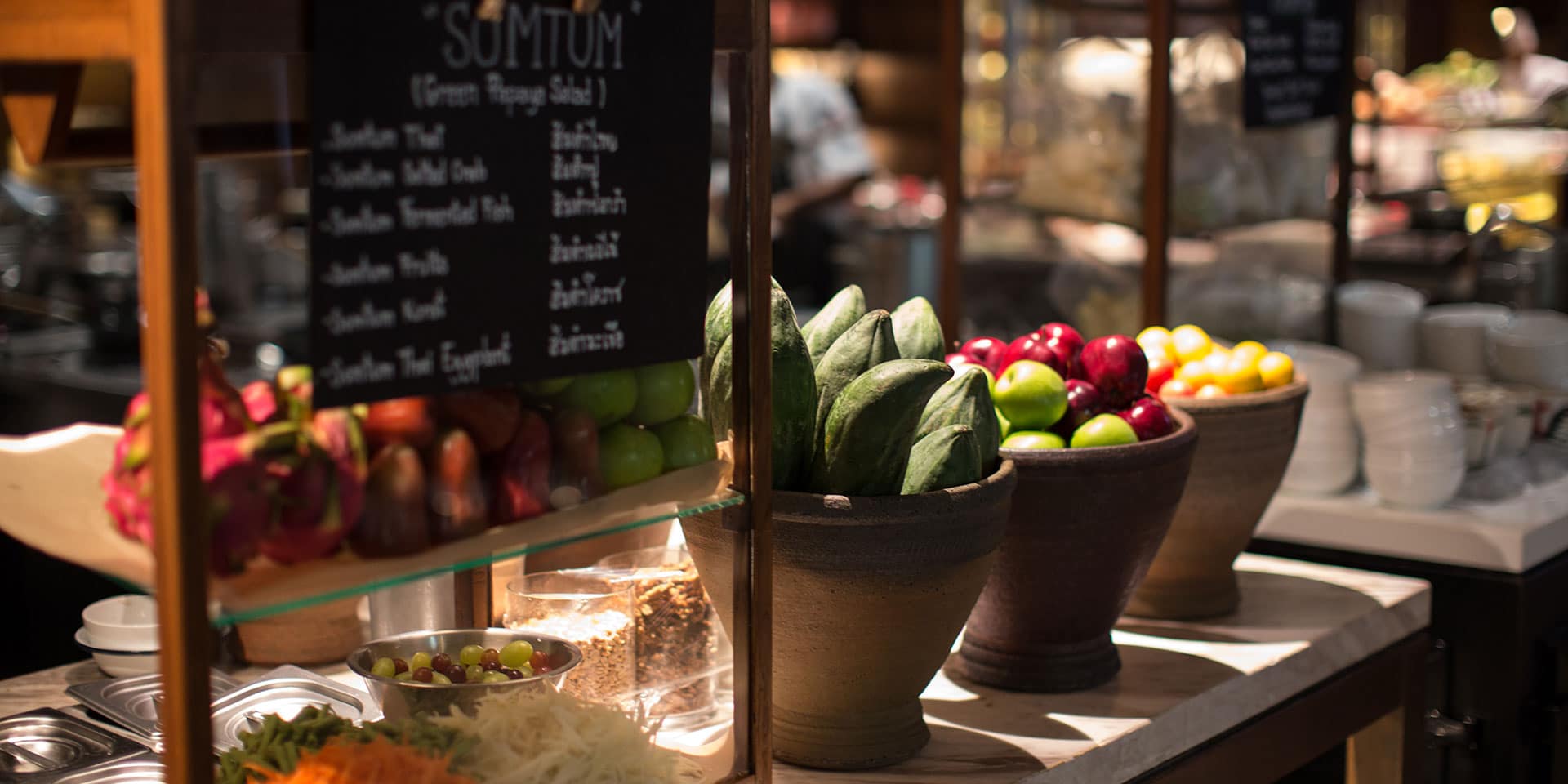
What do you think about Thailand’s food culture?
I love their philosophy about food. You can eat all day and get away with it. Thai cuisine is very regional; it’s different from the south to the north, the east to the west. My all-time favorite Thai dish is really simple: som tum gai yang (grilled chicken with papaya salad). A good khao soi (egg noodles in a rich curry broth topped with a nest of fried noodles) from up in the north or a massaman curry from the south is just delicious.
As much as I love spice, it’s not easy to use it correctly. You have to be an excellent Thai chef to do that, and I have a lot respect for those who can. It’s easy to whack chili into something and make it hot, or add lime and make it sour, or sugar and make it sweet, but when you have the right balance, you can’t really identify those individual components because it all just blends together so harmoniously.
Why do you place so much emphasis on local, sustainably farmed ingredients?
I’m more interested in sustainability than the label “organic.” To me it’s about not wasting food. The Bangkok Marriott Marquis Queen’s Park is so big that if there’s anyone who can make a difference in this city, it’s this hotel. We can make an impact. And if we set a positive example, others can follow. It’s a challenge to go down this road, but we’re going to do it.
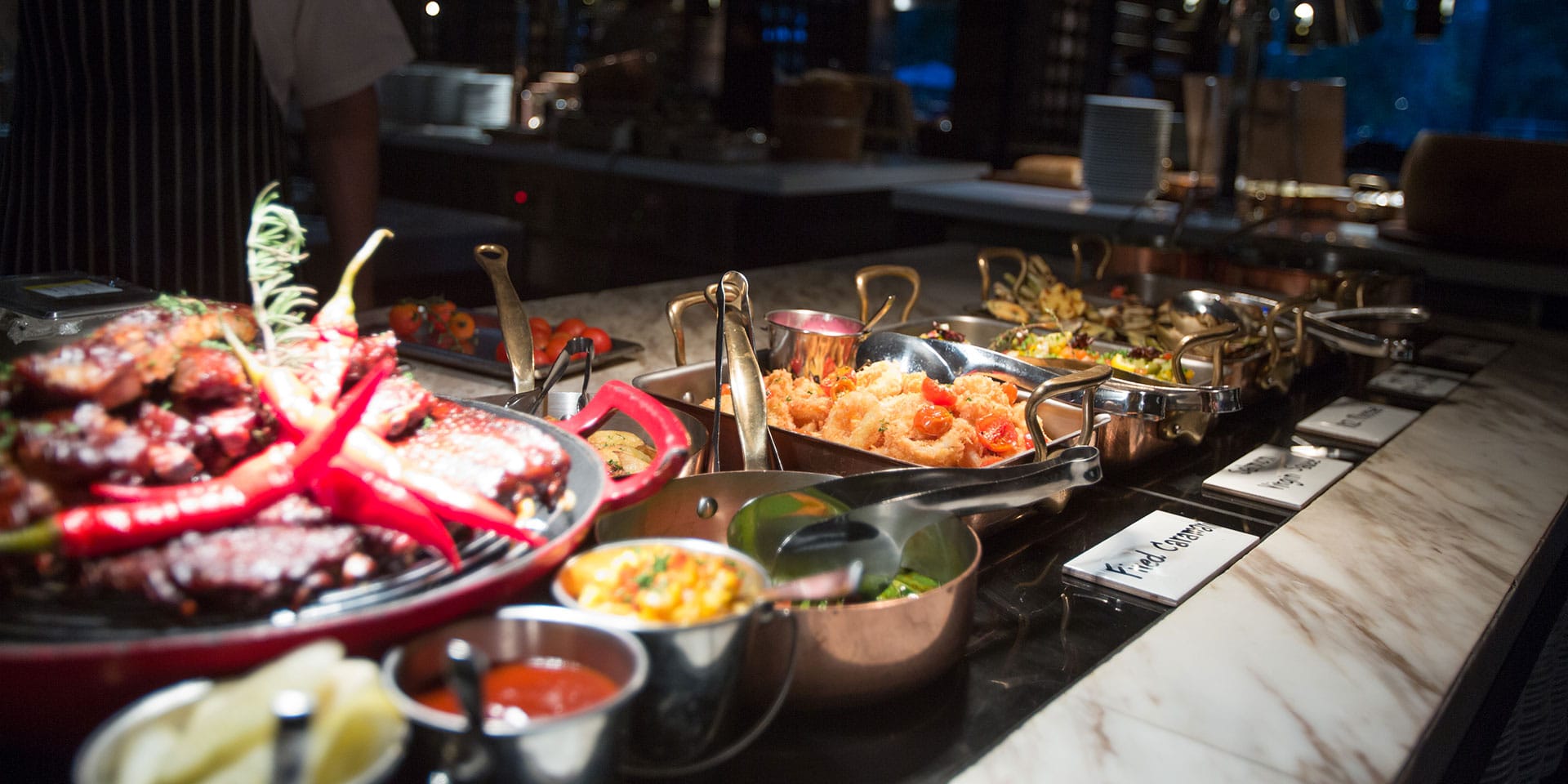
How does travel impact the way you cook?
I do love to cook authentic food from places that I’ve visited. When I go home I’ll try to recreate a Thai meal or an Indian dinner or Hainanese chicken rice that’s influenced by what I ate on my travels. Oftentimes, though, I’ll use traditional recipes as more of a loose source of inspiration. For example, I’m working on a lamb dish that I’m going to make at an event in Hong Kong next month. We’ll have a puffed-rice cracker, and we’re going to use a khao soi curry for the sauce. It may not be strictly authentic, but it’s rooted in Thai cuisine.
This story appears as a part of a partnership with Marriott Hotels and Travel Brilliantly, fostering the creativity of the inventive class through stories that motivate, inspire and fuel a constant quest for knowledge.





